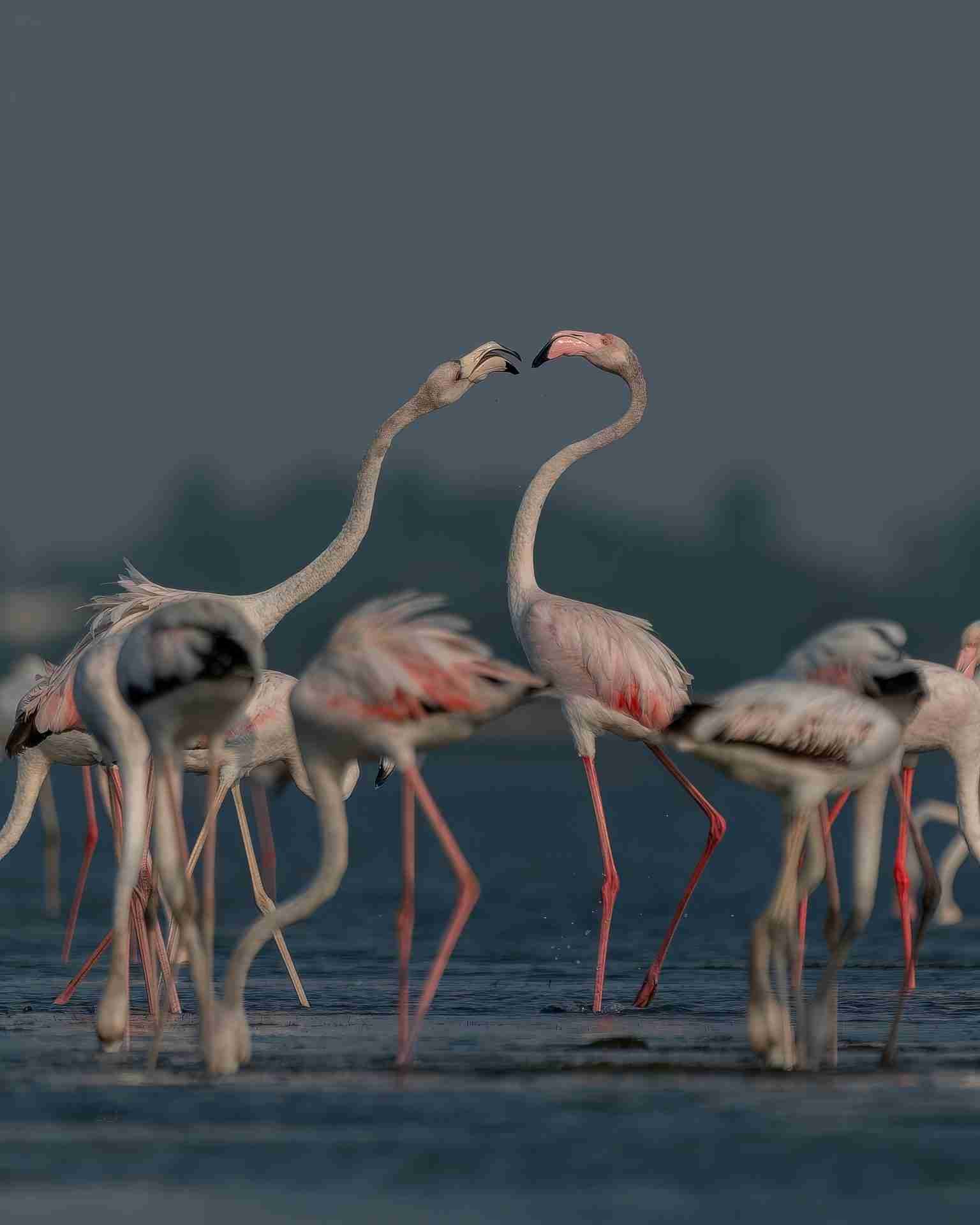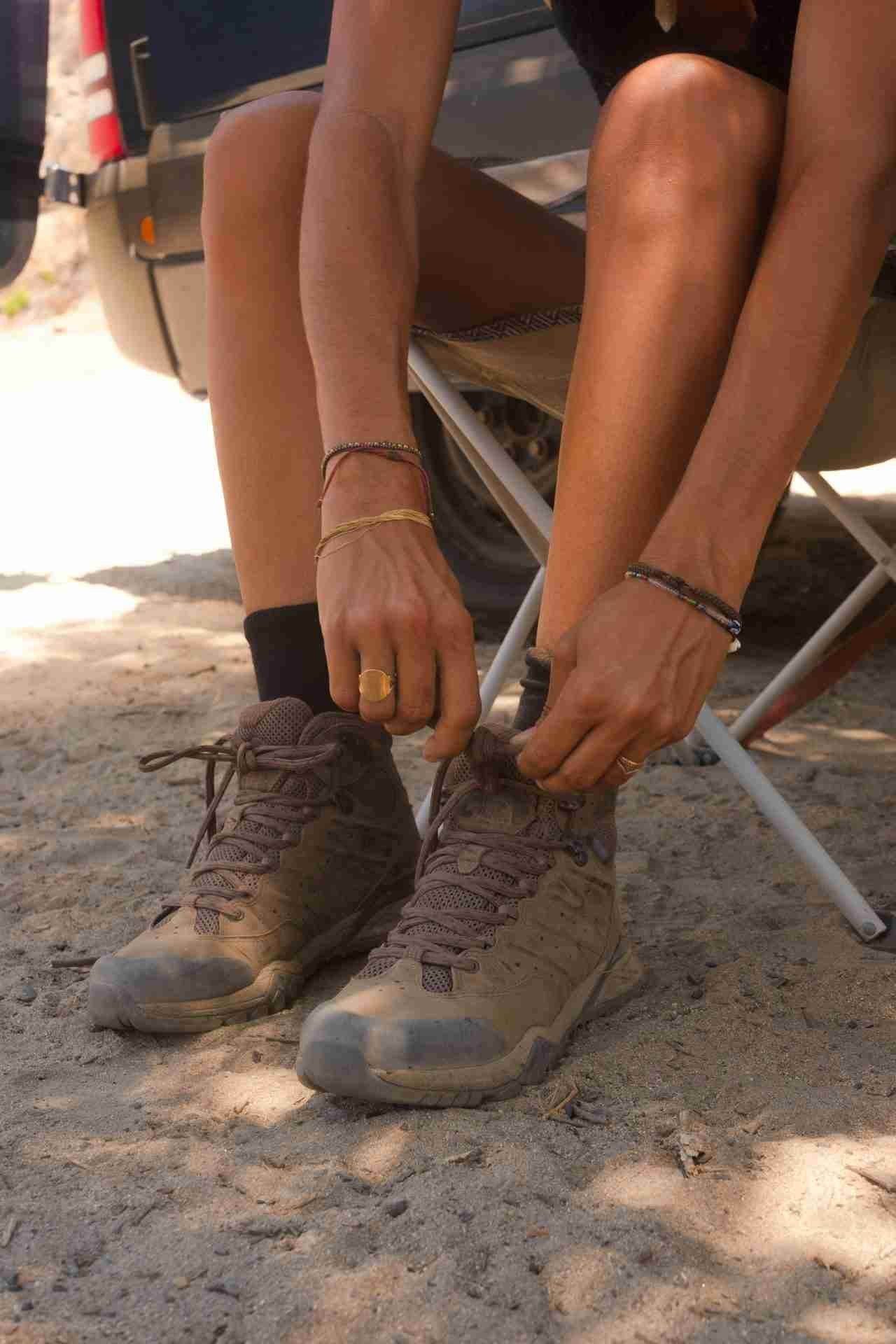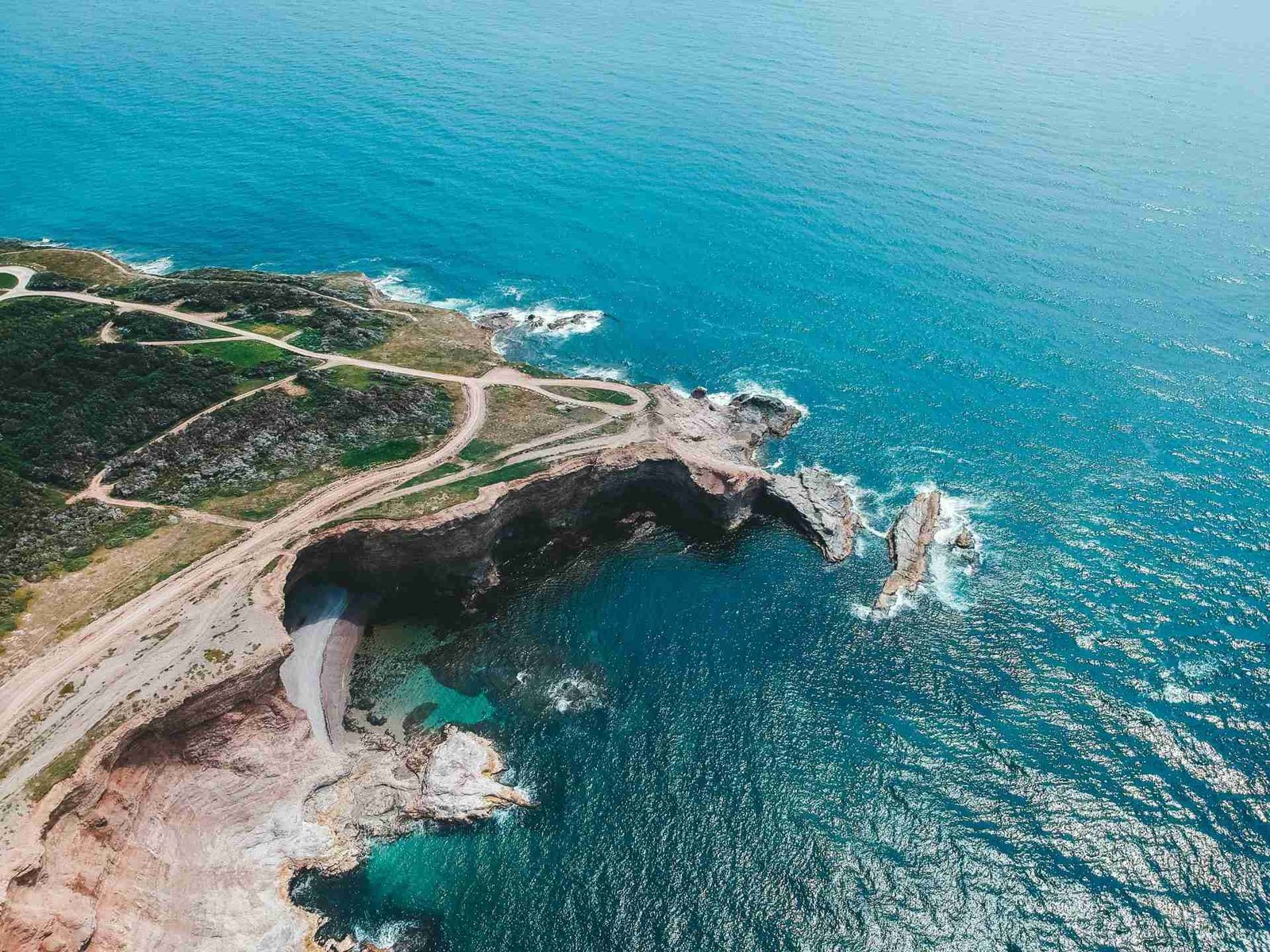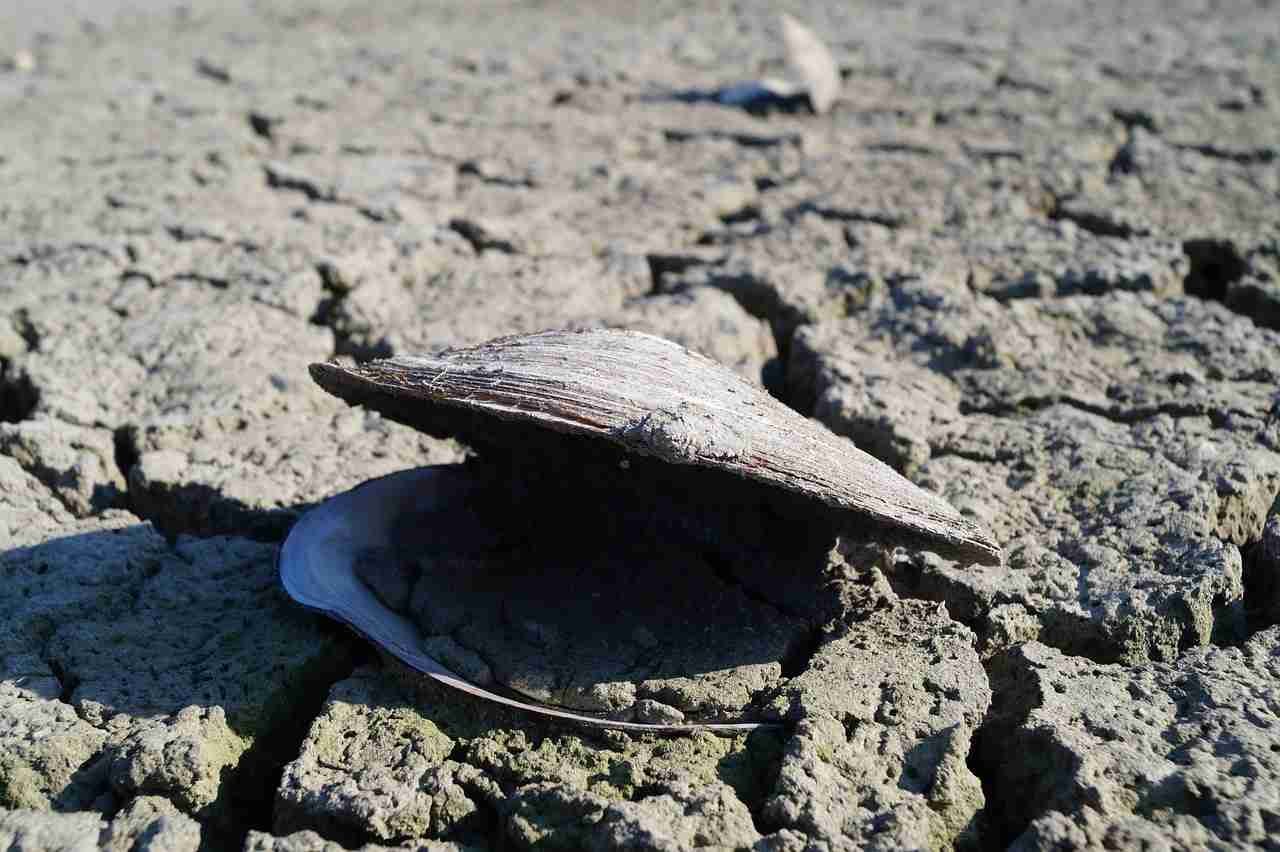Photography in the Wild: Capturing Cyprus’s Landscape
Photography in the wild thrives on light, and the Mediterranean’s golden hours—early morning and late afternoon—soften the landscape, enhancing natural colors and casting dramatic shadows. Consequently, these times are ideal for capturing the rugged Troodos Mountains and the serene beaches of Ayia Napa. By embracing these photography tips for Cyprus, photographers can seize superb opportunities for Cyprus landscape photography and Mediterranean nature photography, perfectly reflecting the unique beauty of the region.
Capturing the Timeless Beauty of the Mediterranean Nature
Photography In the wild requires a versatile camera setup. Opt for a DSLR or mirrorless camera paired with a zoom lens, such as 24-70mm or 70-200mm. This provides flexibility in framing landscapes. For those interested in photography of wildlife, a longer lens is crucial for capturing subjects from a respectful distance. This will ensure the natural serenity of the environment is maintained.
Exploring the diversity of the coast. From sandy expanses to cliffside vistas, reveals a tapestry of scenes each requiring unique photographic approaches. Similarly, the architectural harmony of ancient ruins with the natural landscape. For example, the Kourion Amphitheater provides a rich narrative for photographers. Seasonal changes bring new dimensions to the landscape. Offering varied opportunities throughout the year. The pristine night skies make Cyprus landscape an ideal spot for astrophotography enthusiasts eager to capture stars and the Milky Way.
Wildlife Photography Practices in Cyprus: Protecting Nature and Wildlife
Respecting the environment is essential when photographing Cyprus’s natural beauty. Photographers should adhere strictly to designated paths to reduce their ecological footprint and ensure the preservation of the landscape. Additionally, it is crucial to maintain a safe distance from wildlife, particularly when using flash photography in the wild, which can disrupt and disorient animals. This approach not only safeguards the environment but also promotes responsible tourism practices, helping to maintain Cyprus as a pristine destination for future visitors. By following these guidelines, photographers contribute to the conservation efforts essential to protecting the Mediterranean’s natural heritage.
Experiment with various techniques to enhance your photos. Long exposures can smooth out water and cloud movements, creating a silky effect, while macro photography in the wild brings out the intricate details of local flora and fauna. Changing your perspective by altering angles or elevations introduces fresh dimensions to your images. Post-processing with tools like Adobe Lightroom or Photoshop should subtly enhance your images. Focus on adjustments like exposure, contrast, and color balance to highlight the scene’s natural beauty without overshadowing it.
Lastly, sharing your wildlife Cyprus landscape photography can inspire others to appreciate and protect the Mediterranean’s natural landscapes. Consider donating images or a portion of profits to local conservation projects. Furthermore, engage with local communities and support eco-friendly initiatives; this not only promotes sustainable tourism but also bolsters local conservation efforts. Additionally, such activities can raise awareness about the importance of preserving natural beauty and cultural heritage, contributing significantly to the region’s future. Through photography in the wild, you help safeguard and showcase the region’s enchanting beauty for generations to come.






